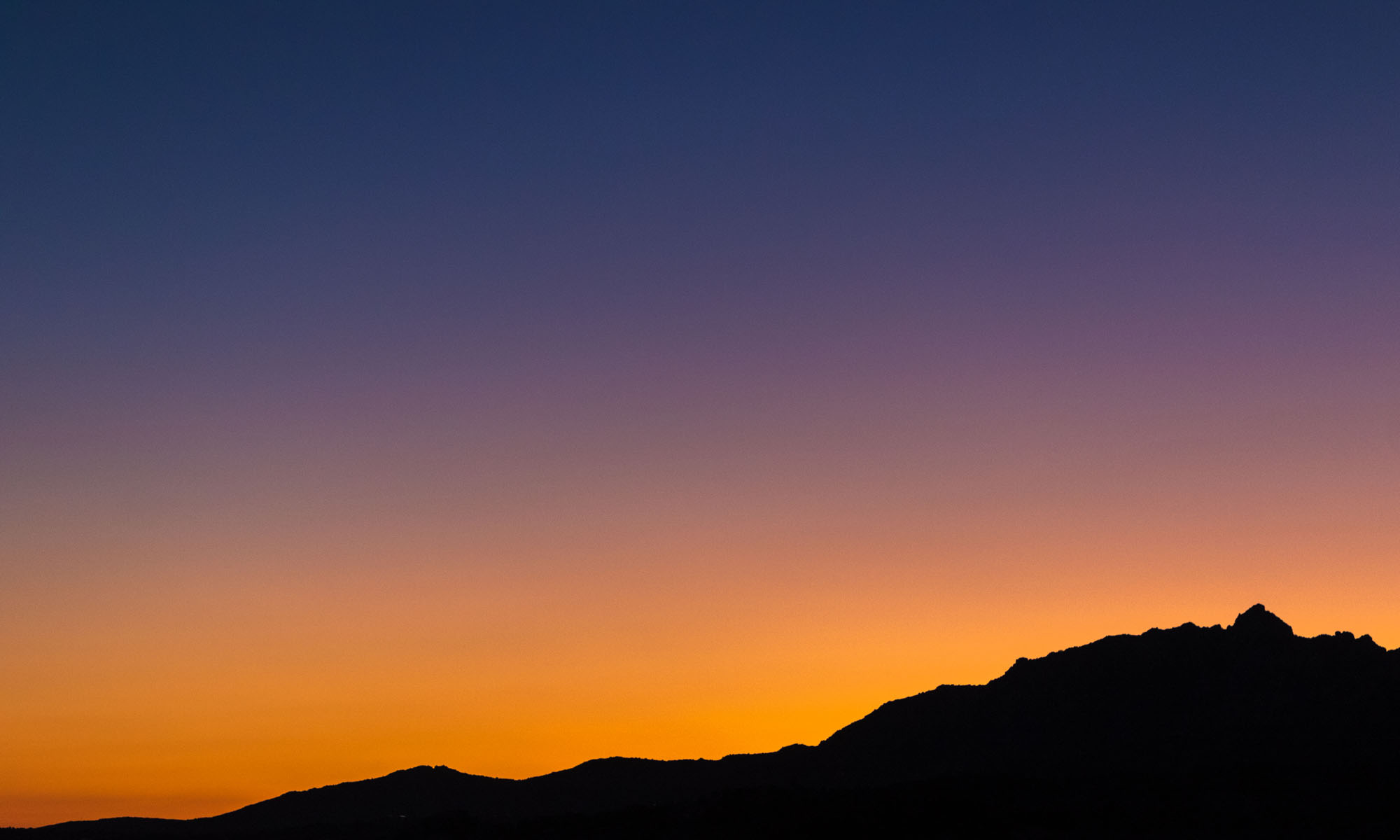 If you’re a photographer who also likes to capture or create videos, or even edit your photos into a video presentation such as a slideshow, you can learn more about video editing with the free Video Creators Virtual Summit that starts soon!
If you’re a photographer who also likes to capture or create videos, or even edit your photos into a video presentation such as a slideshow, you can learn more about video editing with the free Video Creators Virtual Summit that starts soon!
If you’re new to video editing, you can sign up for a Free Pass and get access to free mini-courses for beginners!
The Video Creators Virtual Summit is actually two events in one! There is the Premiere Pro Virtual Summit for those who want to focus on video editing, and the After Effects Virtual Summit for those who want to focus on special effects. And of course, you can sign up for both events!
The Video Creators Virtual Summit runs for five days from February 18th through the 22nd, and features 50 classes from 20 instructors.
Get your Free Pass (and learn about the benefits of a VIP Pass) here:
https://timgrey.krtra.com/t/L6WAdO3PvYlF



